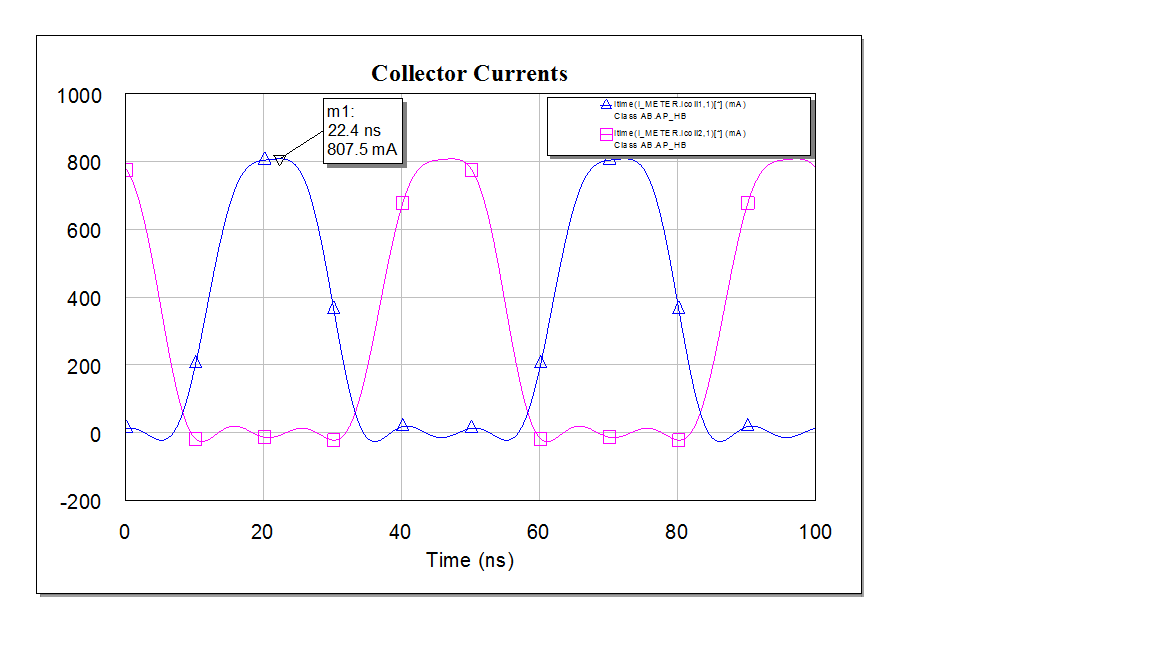CA3083 vs TCA671 in ssb push pull linear, which one is more powerful?
I am confused because the ca3083 has less collector current, but the max dissipation per transistor is greater than the tca671.
Please help.
Do you try to build up a push-pull amplifier for SSB modulation ?
Yes, actually a small linear that will follow a sa612 DSB modulator, to amplify the DSB signal to 1W or so.
Max. absolute Ic is around 100mA-200mA.I don't think that you can reach to 1W ( 30dBm) with these range of currents.( I didn't do the math, just a guess )
Why you intend to use integrated matched transistors ? Why not discrete more powerful bipolars ?
I have reached 1.2W (and even 1.5W but with worse linearity) before with the ca3083 in this configuration http://www.qrp4u.de/docs/en/rf_ampl/index.htm (the last circuit in the page). So I wondered if the tca671 is more powerful, since it has more collector current. However it's transistor dissipation is smaller than the ca3083, which seems odd to me.
So I want to see which of them will give more power output.
One reason for using an IC is that is has less external connections. It also requires no significant heat sinking (small space). The biggest reason is that transistors are already matched (good for KIT production) and so there is no need for emitter resistors (which increases the output power)
I
Some key facts of this AB-Class amplifier :
Pout=1.5W(31.75dBm)
Peak Collector Voltage=15.67V
Peak Collector Current=0.8164A ( for each branch so you should divide it by 2 )
Pdiss=1.6W (Total so if there are 4 transistor, each one will have approx. 0.4W)
You can decide which is better now..
I guess the ca3083 chip?
I am not sure which parameter to see
Neither..
The values exceed the absolute max. ratings of the transistors.Either you will reduce the power such as 1W or less or you should replace the IC with discrete transistors which are more powerful.
The IC seems working but at its limits, it won't be a reliable amplifier. ( self heating,cooling issues etc)
For instance BD135 works as well with some small modifications.I have simulated at 20MHz and it has capable to increase the Pout up to 36dBm ( 4W ). Heat sinking problem can easily be solved with simple aluminum metallic pieces.



- 80m phase shift SSB transceiver, How does it detect USB/LSB?
- ssb radio replaced VFO with DDS and the high-pitch noise started
- SSB generation by shifting audio spectrum
- SSB VS DSB in linear amplifier
- sensitive and powerful PC to transmitter keyer
- Heterodyne detection, non-linear mixer and minimum detectable signal (2-way radar)
